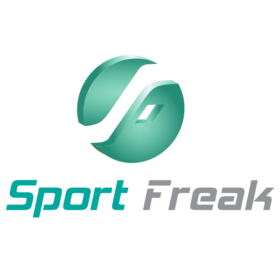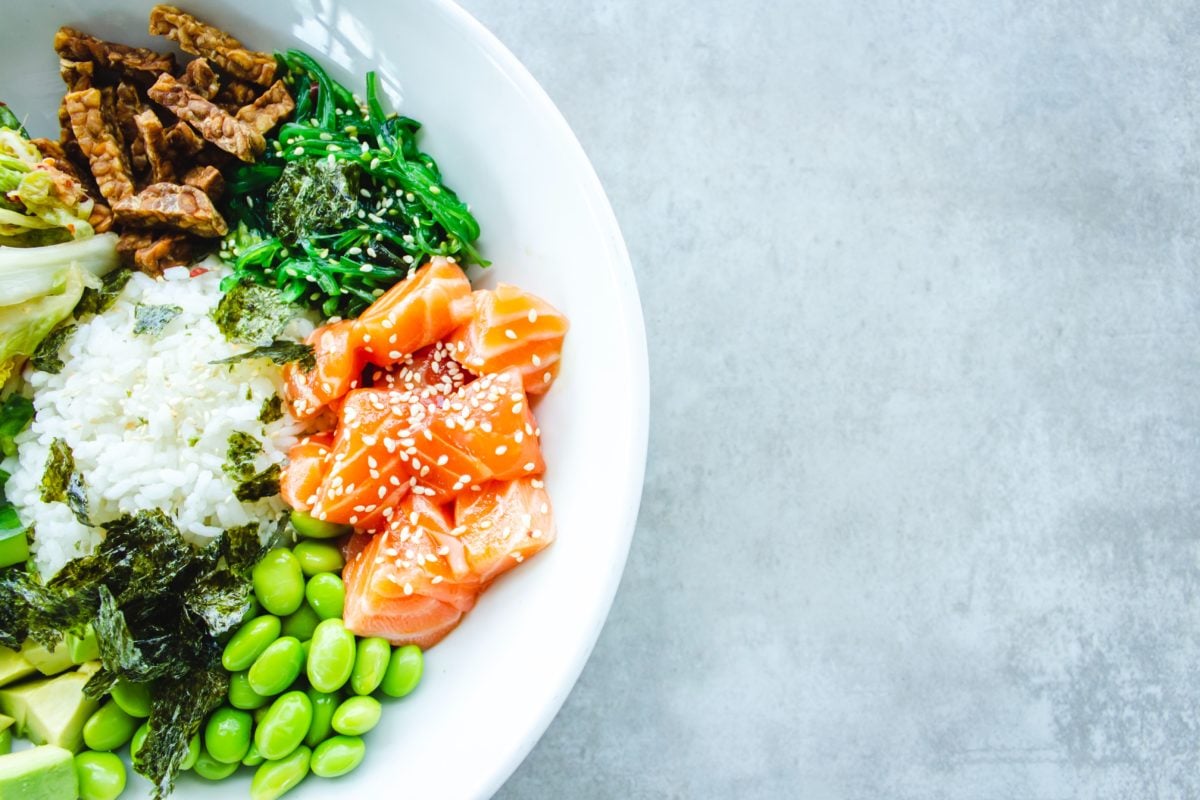diet
Returning to training after a long break – diet tips
Returning to training after a long break is not only hard because of sore muscles and lower weights and intensity. The hardest part of every training enthusiast whether you do it as a hobby or professional competitor, or simply for your health and well-being, is diet.
The approach will depend on your goals, experience, and how bad your diet becomes during the break. Professional competitors often rely on meal preps with precisely calculated calories and macronutrients for their individual goals, it saves time to have someone do it for you but can be expensive.
What if my diet became horrible or I don’t have one?
Start with small steps. Don’t immediately get 5 packed meals with calculated macros like professionals. Yes you can do it, and yes I know people who’ve done it but it requires a huge amount of dedication, time and willpower. Gradual changes to your lifestyle will result in easier and more effective improvement. Change one meal at the time and stick to basics. You can take the following steps, ideally, add one more every week:
- Drink 2-4 litres of water a day.
- Have a full source of protein and vegetables in every meal.
- Replace snacking with healthy alternatives like a protein bar or protein shake.
- Have a protein shake immediately after a workout and your biggest meal of the day 1 hour after that.
Nobody can eat perfectly all the time, plan it!
You can either have 2 small cheat meals a week or one cheat day every week (when you eat while day what you want). Alternatively, follow the 80/20 rule where 80% of what you eat is healthily and 20% is more relaxed. That doesn’t mean 20% is mars bars and cheat meals are not 2 extra-large pizzas, more like 2 slices. You can’t outrun a bad diet, if you consume 4000 kcal on your cheat meal you can’t train hard enough unless you are a professional athlete. Keep your snacks and junk food reasonable.
What if my diet is rather healthy but I would like to go to the next level?
So you follow all of the above and maybe some more? Great, you are already on the right path. Now consider the quality of what you eat and start following some macros. Start using your kitchen scales to weigh your food and use a simple food tracking app like MyfitnessPal.
Remember 1 g of protein or carbs is 4 kcal, while 1 g of fat is 9 kcal. A basic starting point to try is 2g of protein per kg and 1 g of fat per kg of your weight. Go for 30 kcal per kg of your weight, deduct what you get from protein and fat and put the rest of calories into carbohydrates.
After simply observing, your body changes for the next 2 weeks and adjust after that. If you want to gain weight increasing from this point by 300-500 kcal from carbohydrates is recommended. If you want to lose weight decreasing by 300 kcal from carbohydrates is a good plan. Be more careful here going beyond 500 kcal deficit might cause muscle loss, recommended only for advanced people who know what they are doing. More deficit is not necessarily faster fat loss but often a strain on willpower, muscles and health. After 2 weeks of measuring your weight, chest size, waist size and legs size you can adjust by 100-200 calories in the desired direction.
Ok I do all that what now?
Well, this is returning to the training article but stay tuned we will be covering more advanced dieting techniques in detail on our blog. But before that stay tuned for our supplementation tips and check our previous article on training tips and motivation.

